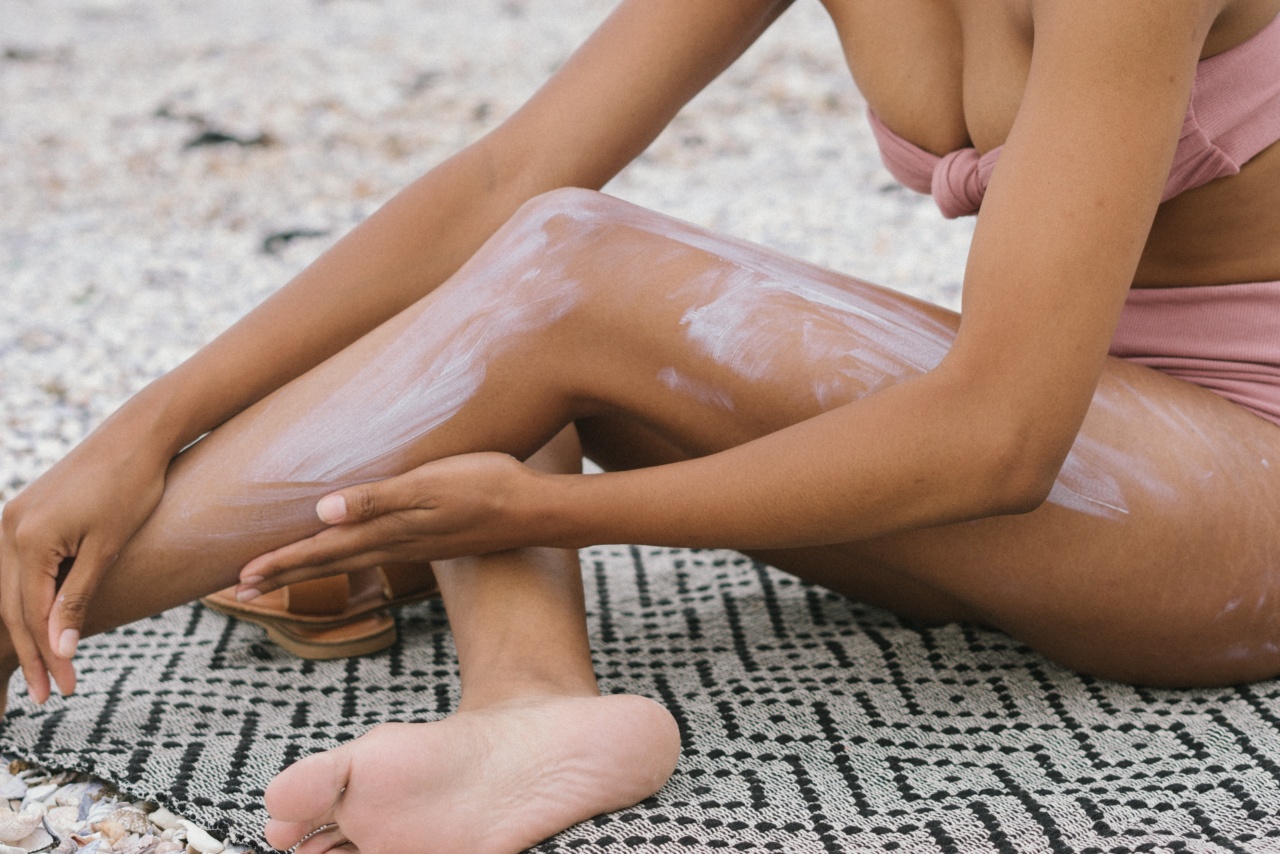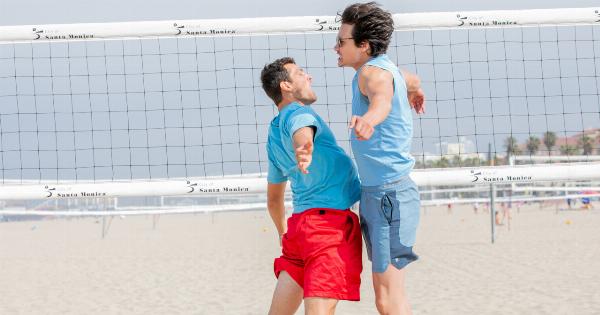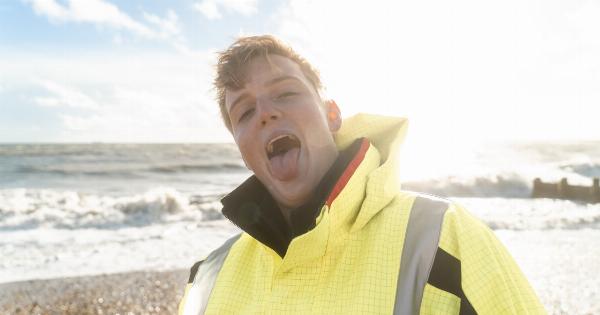Summer brings with it a lot of fun in the sun, but it also brings certain skin conditions that can be a cause of discomfort and annoyance. Heat, humidity, and sweaty conditions make your skin more prone to different types of rashes.
Knowing how to identify common summer skin rashes and taking steps to relieve them could help in keeping your skin healthy and itch-free. Here are some of the most common types of summer rashes and ways to handle them:.
Hives or Urticaria
Hives or urticaria is a common rash that is usually caused by an allergic reaction. The symptoms include red, itchy, and raised welts or bumps on the skin. The rash can appear anywhere on the body and may range in size and shape.
The most common causes of urticaria include stress, allergic reactions to food, pollen or medications, viral infections, and certain autoimmune disorders such as lupus or rheumatoid arthritis.
Relief: Avoid the trigger if you can identify it. If not, try taking over-the-counter antihistamines or corticosteroids to relieve the itching and reduce the inflammation.
Applying calamine lotion or cool compresses to the affected area can also help in calming down the affected skin.
Fungal Infections
Fungal infections are prevalent among people who sweat a lot and wear tight clothing during summers. They often manifest as a red, itchy, scaly rash that affects the folds of the skin, such as the groin, underarms, and feet.
Fungal infections occur when certain fungi grow in warm, moist conditions on the skin, causing an infection called tinea corporis. Other fungal infections are ringworm of the scalp or body, jock itch, toenail fungus, and athlete’s foot.
Relief: Keep the affected area clean and dry. Apply over-the-counter antifungal creams or ointments on the rash. For severe cases, a doctor may prescribe oral antifungal medication. Avoid wearing tight clothes that trap moisture and promote fungal growth.
Wear breathable clothes that allow for airflow and change them every day.
Heat Rash or Miliaria
Heat rash or miliaria is a common skin condition that occurs when sweat ducts become clogged and trapped in the skin. The rash appears as small, red bumps that are itchy and uncomfortable.
Heat rash is more likely to occur in areas that are prone to sweating, such as the neck, chest, groin, underarms, and elbow creases.
Relief: Keep your skin cool and dry. Wear loose-fitting clothes. Avoid hot, humid environments. Stay hydrated. Apply calamine lotion or cool compresses to the affected area. If the rash persists or becomes severely painful or swollen, consult a doctor.
Prickly Heat or Miliaria Rubra
Prickly heat or miliaria rubra is another form of heat rash that appears as tiny, itchy bumps on the skin. The rash is caused by excess heat and sweating, and it often occurs in adults and children during hot and humid weather.
Prickly heat can affect any part of the body, but it is most common in areas where sweat accumulates, such as the back, chest, and stomach.
Relief: Cool compresses, cold showers, and air conditioning can provide relief from prickly heat. Avoid tight-fitting clothes that trap sweat. Wear lightweight, breathable clothes that allow for air circulation. Apply calamine lotion to the affected area.
Sunburn
Sunburn is one of the most common skin conditions associated with summer. It occurs when your skin is exposed to the sun’s UV rays for an extended period without adequate protection. Sunburn causes redness, pain, and peeling of the skin.
In severe cases, it can cause blistering and fever.
Relief: Drink plenty of water to stay hydrated and ease the symptoms of sunburn. Apply cool compresses or wet towels to the affected area. Take over-the-counter pain relievers such as ibuprofen or aspirin.
Avoid exposing the affected area to the sun until it heals. Use a sunscreen with a high SPF to prevent further sunburn.
Insect Bites and Stings
Insects such as mosquitoes, ticks, flies, bees, and wasps become more active during the summer months. Their bites and stings can cause redness, itching, and swelling of the skin. Some insect bites can also transmit diseases.
Relief: Clean the affected area with soap and water. Apply a cold compress or ice to reduce swelling and pain. Take over-the-counter antihistamines to alleviate itching. Use calamine lotion or hydrocortisone cream to reduce itching.
Seek medical attention if you experience symptoms of an allergic reaction such as breathing difficulty, swelling, or rapid heartbeat.
Swimmer’s Itch
Swimmer’s itch is a rash caused by parasitic flatworms in contaminated water such as ponds or lakes. Symptoms include small, itchy red bumps that can appear anywhere on the body, especially around the areas covered by swimwear.
Relief: Avoid swimming in contaminated water. Apply corticosteroid cream to relieve itching. Use cool compresses to reduce inflammation. Take over-the-counter antihistamines to alleviate itching.
Conclusion
Summers can be the best time to enjoy outdoor activities, but it can also be the season that causes various skin problems. Taking care of your skin during hot and humid weather is crucial to avoiding rashes and infections.
Identifying common summer skin rashes and knowing how to treat them can help you enjoy the season comfortably and itch-free.




























